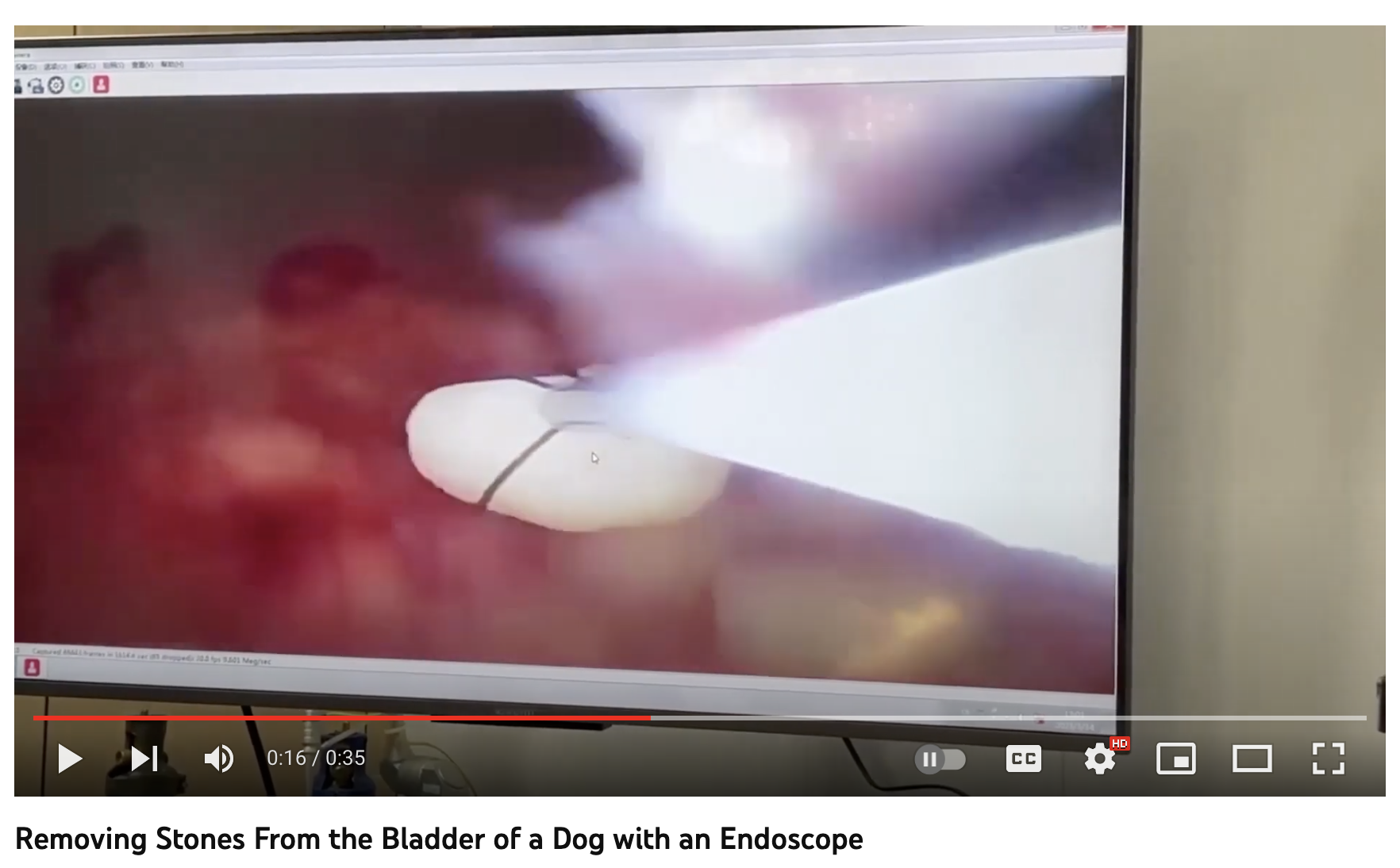Benefits: Endoscopy to Remove Dog Bladder Stones (Video)
Stones in the bladder of a dog can cause a lot of discomfort and pain, and if left untreated, it can lead to severe complications such as blockages and infections.
The conventional method of removing bladder stones involves surgery, but with the advent of endoscopic technology, veterinarians can now remove stones non-invasively using an endoscope.
In this report, we will discuss the benefits of using an endoscope to remove bladder stones in dogs.
Non-invasive Procedure
The use of an endoscope in removing bladder stones is a non-invasive procedure. The endoscope is a thin, flexible tube equipped with a camera and light source that allows the veterinarian to see inside the bladder without making large incisions.
With the help of an endoscope, the veterinarian can locate the stones and remove them using special instruments that are passed through the endoscope.
Unlike surgery, endoscopy does not require the use of general anesthesia or extensive recovery time, making it a safer and less stressful option for both the dog and its owner.
Better Visualization
The use of an endoscope allows for better visualization of the bladder and surrounding tissue. The camera attached to the endoscope sends real-time images to a monitor, giving the veterinarian a clear view of the bladder's interior.
This makes it easier for the veterinarian to locate stones and other abnormalities in the bladder, making the removal process more efficient and precise.
Additionally, the endoscope can be used to assess the condition of the bladder's walls and detect any signs of inflammation, infection, or tumors that may require further treatment.
Cost-effective compared to surgery, the use of an endoscope to remove bladder stones in dogs is a cost-effective option.
While surgery requires general anesthesia, hospitalization, and post-operative care, endoscopy can be performed on an outpatient basis, reducing the cost of the procedure significantly.
Additionally, the use of an endoscope reduces the risk of complications, such as bleeding or infection, which can result in additional costs associated with surgery.
Conclusion:
The use of an endoscope in removing bladder stones in dogs is a safe, efficient, and cost-effective option for veterinarians.
The procedure is non-invasive, allowing for a quicker recovery time and reducing the risk of complications associated with surgery.
The better visualization provided by the endoscope makes the removal process more precise, and the procedure's cost is significantly lower than surgery.
Overall, the use of an endoscope is a valuable tool for veterinary practices, allowing them to provide better care to their patients while reducing the cost and stress associated with traditional surgical procedures.




